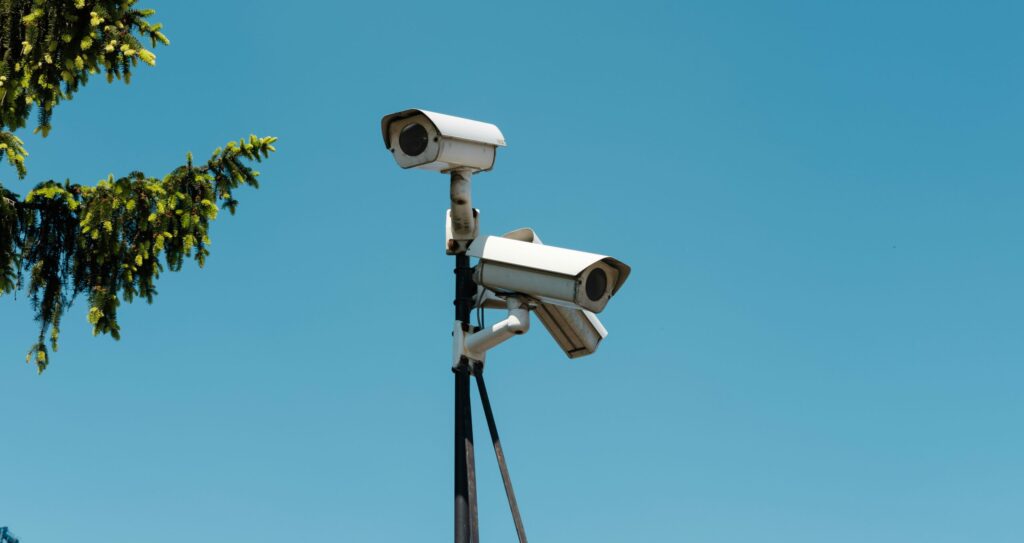Why responsible handling of images is now central to digital health and safety
Why images are sensitive data
Video and image data are now at the heart of digital health and safety. From AI-powered posture assessments to fatigue detection, cameras help organisations understand risk in ways that were impossible a few years ago. But with that progress comes a new responsibility: every frame of footage involves a person. How that data is captured, stored and shared has real implications for privacy, consent and trust.
Getting consent right
Under data protection law, photographs and videos are classed as personal data, and often sensitive data when they reveal health or biometric information. Employers must have a clear legal basis for collecting and using them. A video taken for an ergonomic assessment may show more than just posture; it could capture faces, workspace contents or confidential material. Best practice is to be transparent and give workers a clear choice. Tell them why footage is being captured, how it will be used, who can see it, how long it will be stored and how they can request deletion.
Control who sees what
Video tools should apply role-based access so that only authorised assessors can view footage. Clips used for AI training or research should be anonymised or blurred. If footage is shared with external experts, ensure there is a data processing agreement covering confidentiality, retention and deletion.
Set clear retention and deletion rules
Keep only what is needed for compliance or training. Delete footage once the risk assessment or review period ends. If video data forms part of an investigation or insurance claim, flag it for restricted, time-bound retention. Document every policy and apply it consistently.
Practical checklist for responsible image use
Area – Key questions to ask
Capture – Are workers informed before filming begins?
Storage – Is footage encrypted and held in a secure, certified cloud?
Access – Who can view or download the clips? Are roles restricted?
Retention – How long will the videos be kept, and who decides deletion?
Transfer – If shared externally, is there a signed data processing agreement?
AI use – Is the footage anonymised if used for model training?
Why this matters
AI systems learn from what they see. If your safety tool uses videos to improve its analysis, then image governance is not just compliance, it is protection against bias and misuse. Handled correctly, visual data becomes a powerful ally in prevention and learning. Managed carelessly, it becomes a liability.
Next in the series: The questions IT managers will ask before approving safety tools -understanding what your tech team needs to know to keep AI-driven safety solutions secure and compliant.













